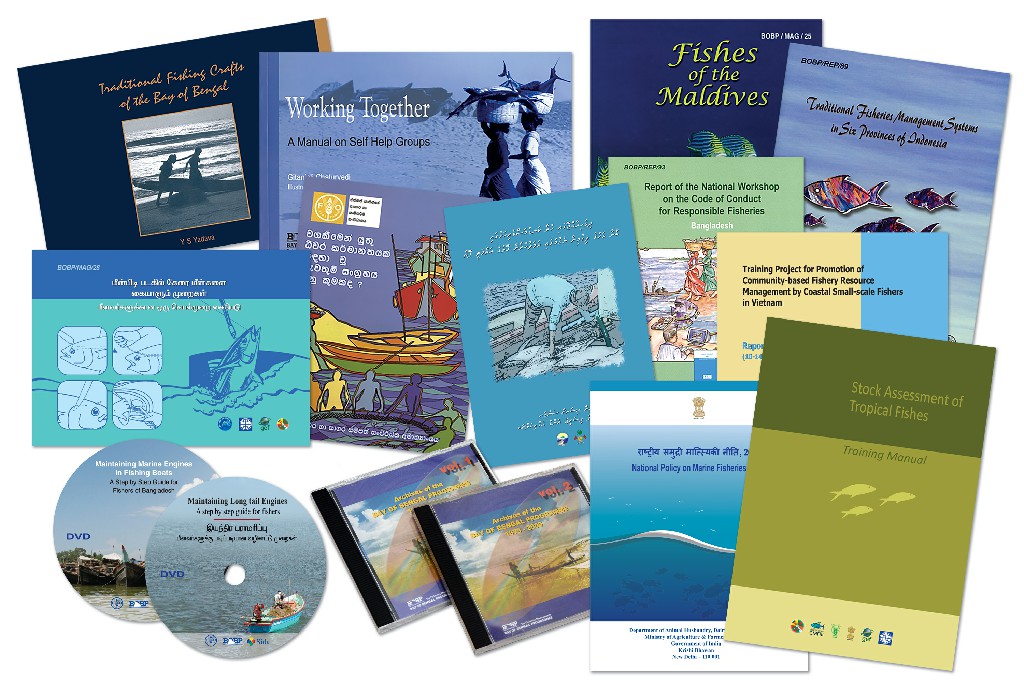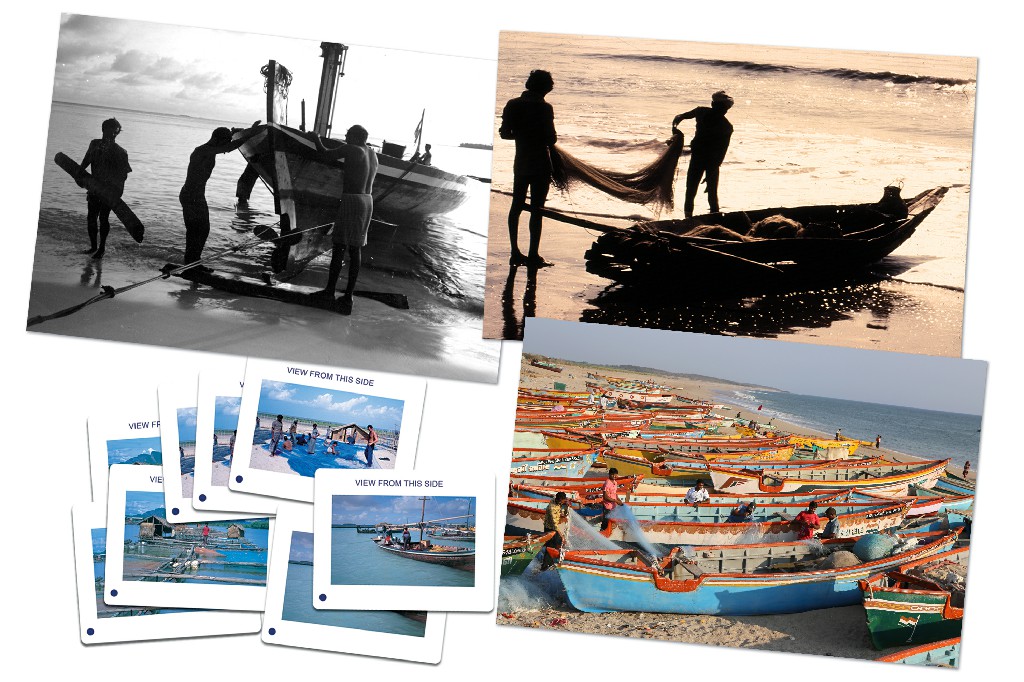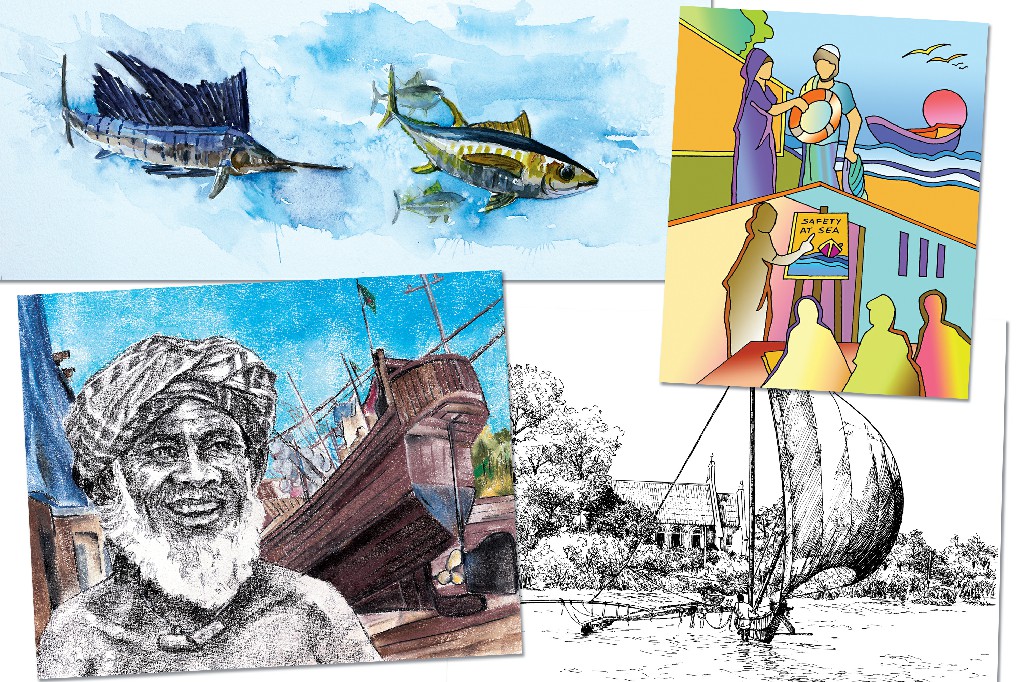Besides printed documents, the BOBP has one of the best collections of photographs on small-scale fisheries spanning about 40 years in time horizon and covering more than 13 nations (within and outside the BOB region). The visual archives are catalogued (frame by frame) and we have also built a data base of selected images (about 50,000 images) that are provided free of cost to a large number of agencies and individuals. Many agencies world-wide (including GEF) have used the BOBP images in their publications.
The BOBP documents and information/awareness material also take full advance of technology to ensure that they are user-friendly. For example, guidebooks that are to be used by fishers in their work place are printed on synthetic paper so that they do not get damaged by water or stained by grease/oil. Similarly, leaflets aimed at dissemination of information to fishers on a 24x7 basis are also on printed on synthetic paper so that they can be pasted on the vessel itself.
Many of the BOBP’s publications still retain their uniqueness by being the only publication on the subject from the region. All the BOBP publications from the period 1980 – 2001 have been digitized and form a very valuable record of literature from the BOB region.




Impact of BOBP Publications
BOBP publications and awareness material are regularly used for various outreach activities in the region. The Sea Safety Manual was first printed in 1993 and by 2009 the document had to be printed twice. A 2019 FAO-BOBP collaborative publication, ‘Safety at Sea for Small-Scale Fishers’ is translated into15 languages including Russian, Portuguese, French, Spanish, Chinese, Arabic, Indonesian, and Turkish apart from vernacular languages of the BOB region.‘Fishes of the Maldives’, a bilingual treatise (English and Dhivehi languages) went into second print and is part of the O and A level school curriculum in the Maldives. The poster on ‘Commercially Exploited Groupers of Maldives (in Divehi language)’ is another example of reprint and is particularly popular with the law-enforcement agencies in the Maldives. In India, the National Fisheries Development Board (NFDB) and the Coastal Aquaculture Authority regularly commission awareness material from BOBP. The multi-lingual set of 12 posters on the CCRF adorns a very large number of Fisheries Offices, Institutions and in the premises of our development partners in the region. Their demand is never-ending. The BOBP-IGO’s posters on ‘Safety at Sea’ have been immensely popular and recently they have also been translated into Burmese language for use by the Myanmar fishermen.





